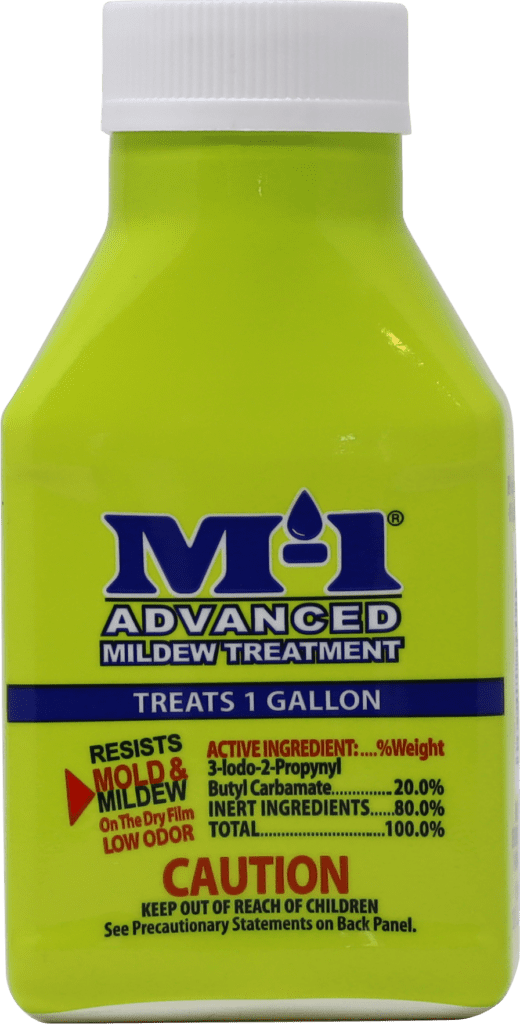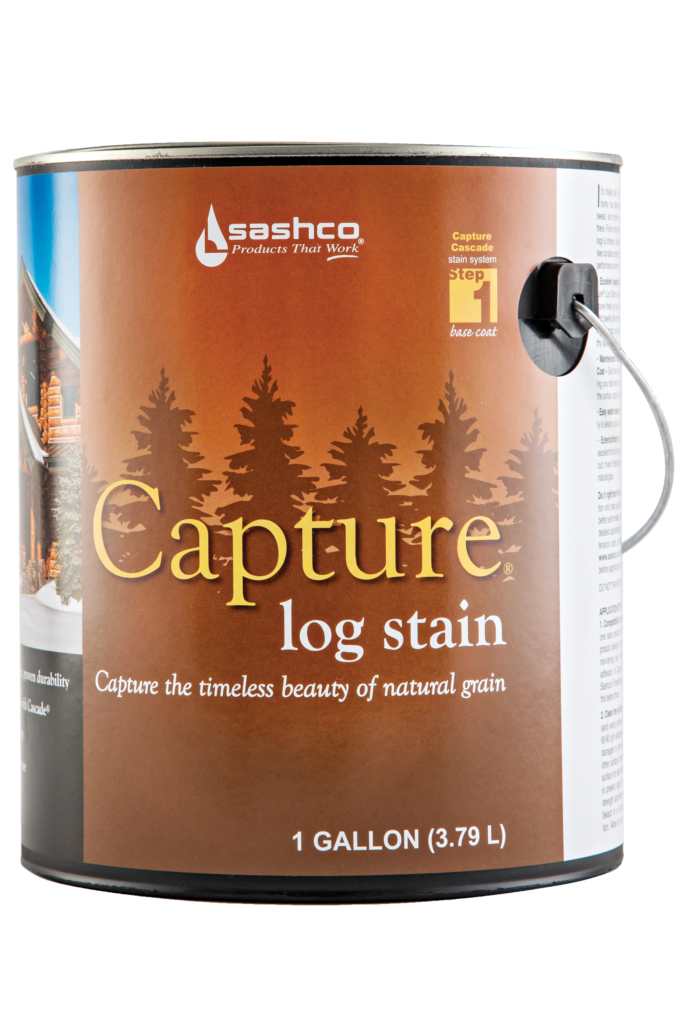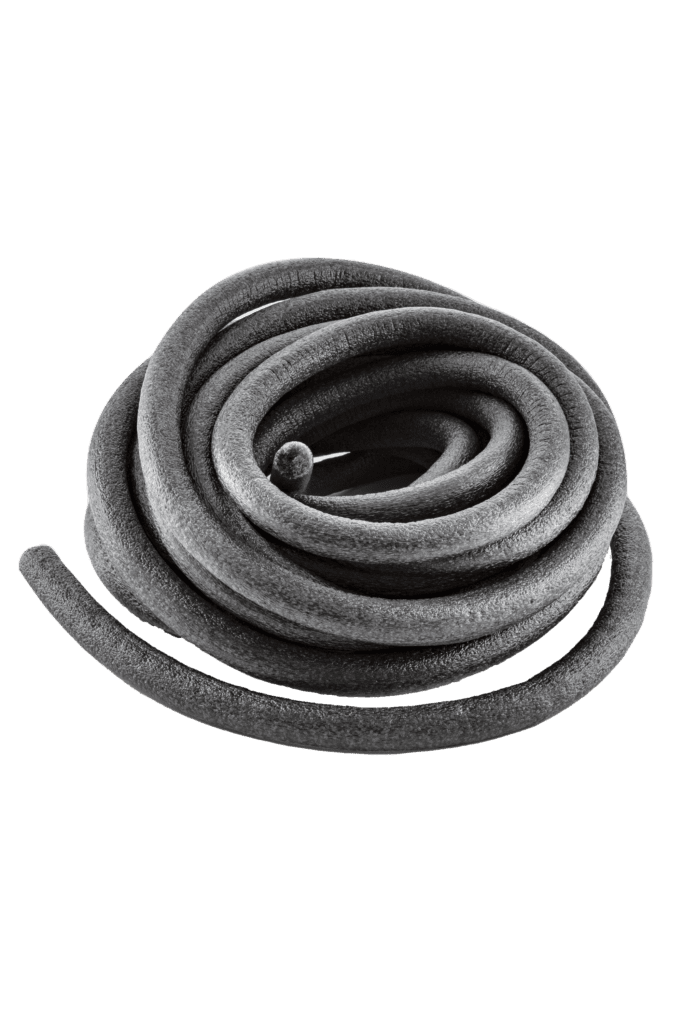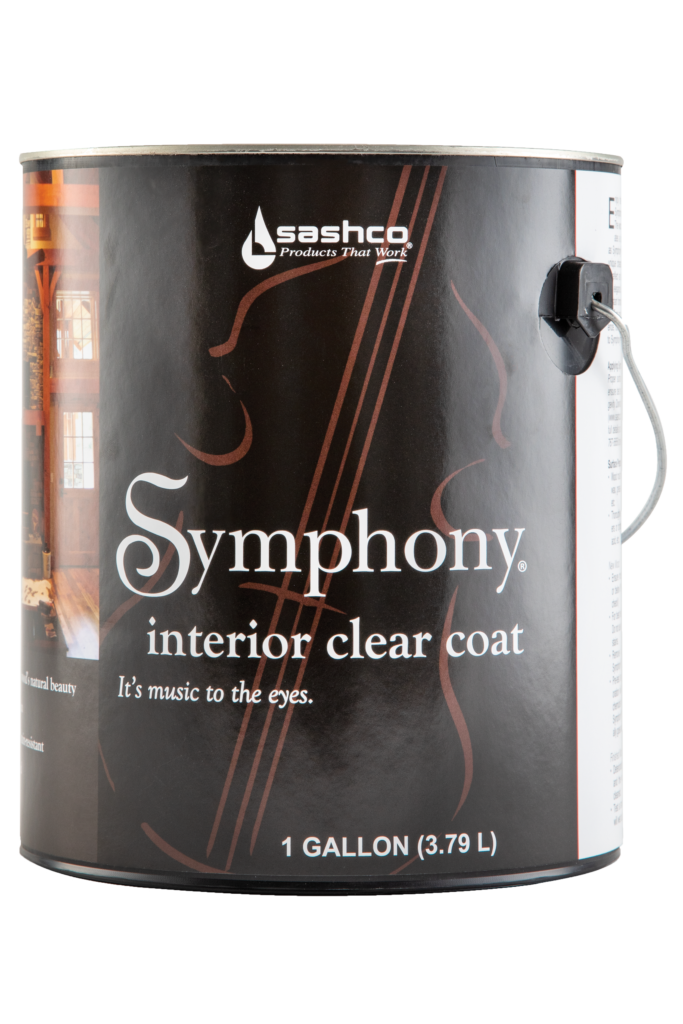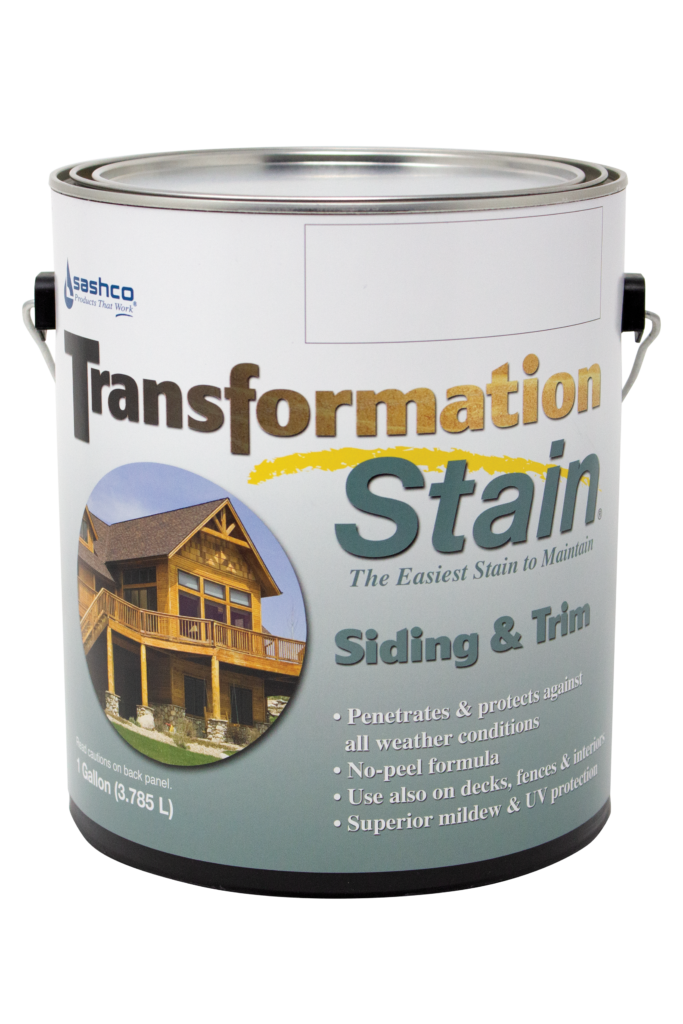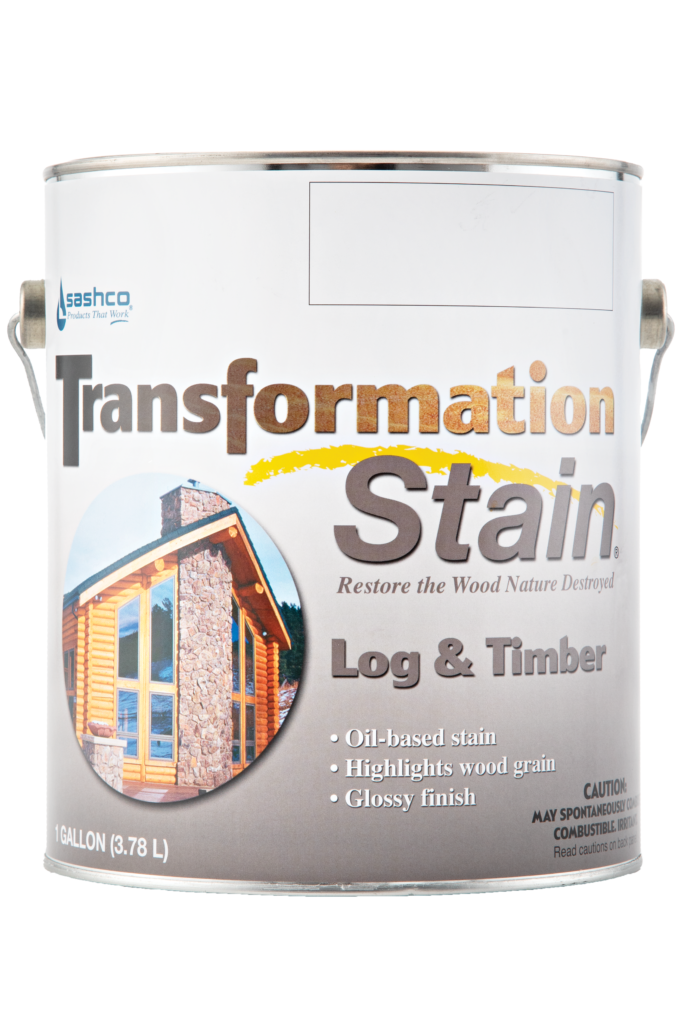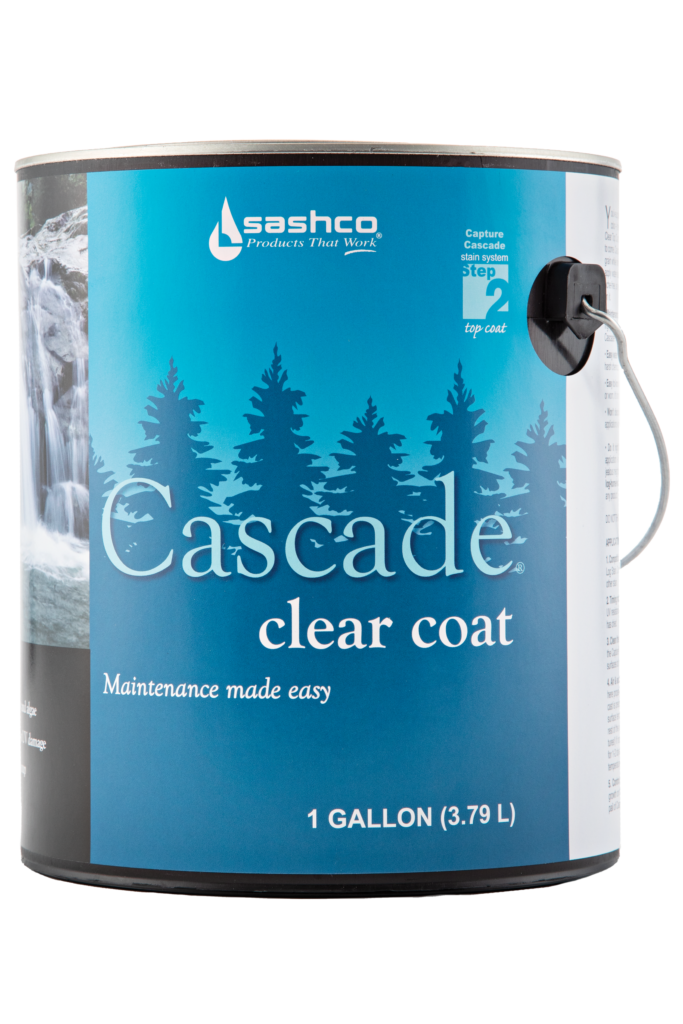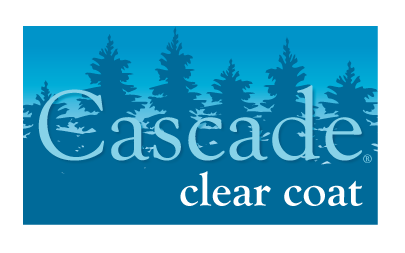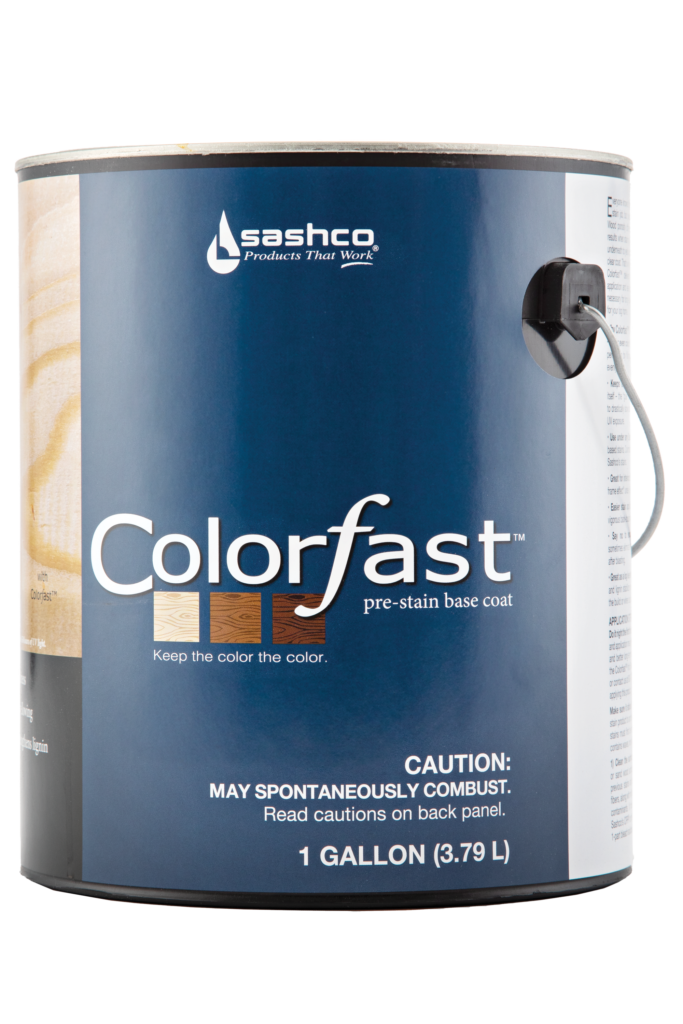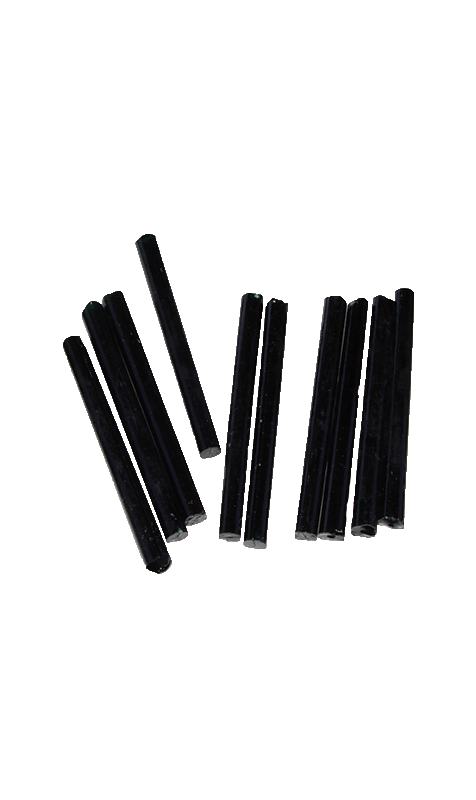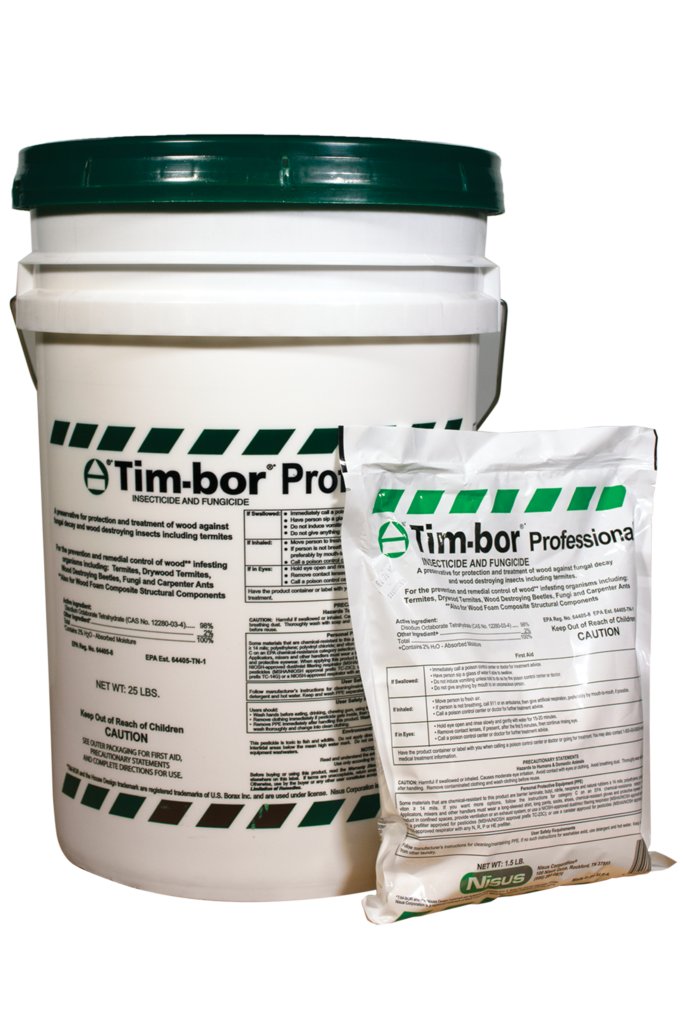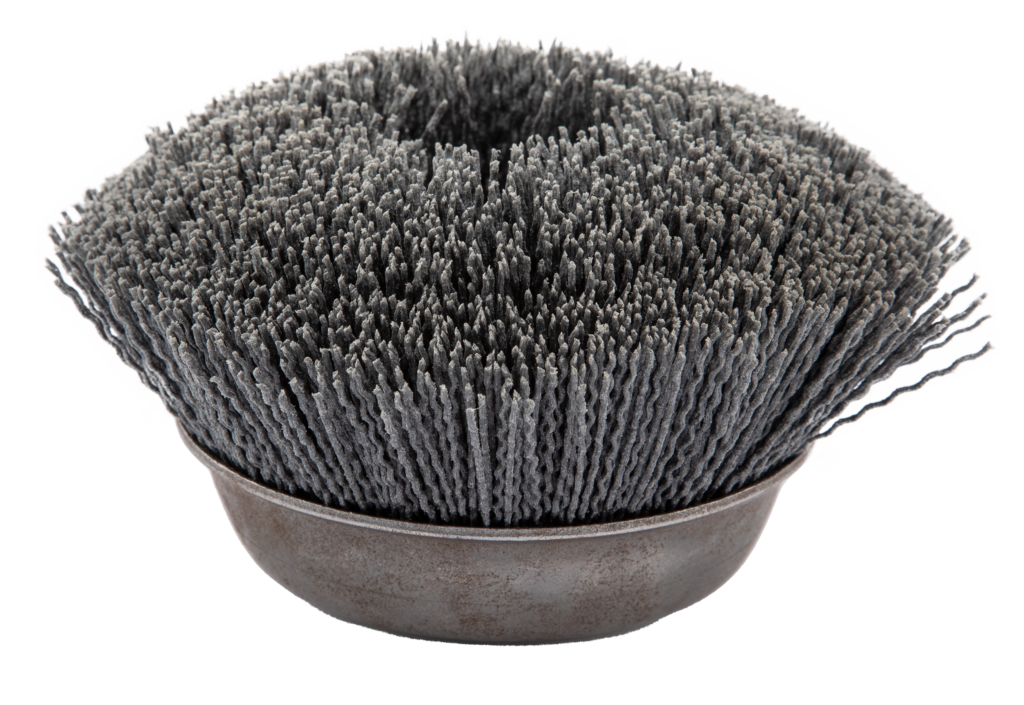How to Get Rid of Carpenter Bees in Your Log Home
“Ugh. These things never go away!” Carpenter bees are a pain, especially in warmer, humid climates. (Congratulations to everyone in the high mountains! You only have to deal with mosquitos and pine beetles.) To my knowledge, there is no additive to put in stain that will prevent Carpenter bees. I have personally tested seven products, all with no benefit. Carpenter bee traps catch a few, poisons work on the day they are applied, and tennis rackets just tire you out. The only method I have found that works is to apply dusts into the existing holes. But you gotta treat these holes at the right time. Fortunately, the time is right now, before the bees become active.
The life cycle of these bees is their only weakness. Adults swarm in the spring, mate, dig holes in the wood, lay eggs, stuff pollen into the holes, hang around a while, and then die. A few weeks later, the young bees hatch out into grubs, eat the pollen left for them by the adults, pupate into adult bees, hang around for the summer, and then finally hibernate in the holes they were born in.
The best time to stop the cycle is during cooler spring weather. Introduce an insecticidal dust like Drione by Bayer, Sevin, or another Pyrethrin-based product. If you kill the young ones in their holes before they emerge to mate later in the spring, you can break the cycle of infestation. If you must treat an infestation during warmer months, do it early in the morning, late in the evening, or on a cloudy, rainy day when the bees are in their holes. I have seen as many as thirteen bees come out of a single hole and die when treated with Drione in the early spring.
Of course, once the bees come out of the holes and you’ve cleared the infestation, be sure to seal the holes up with some backer rod and either Log Builder® or Conceal®.
Happy hunting!
